Rising Demand for Automation
The Photonic Sensors Market is experiencing a notable surge in demand for automation across various sectors, including manufacturing, healthcare, and transportation. This trend is driven by the need for enhanced efficiency and precision in operations. Photonic sensors, known for their high sensitivity and rapid response times, are increasingly being integrated into automated systems. For instance, the market for industrial automation is projected to reach USD 300 billion by 2025, indicating a substantial opportunity for photonic sensor applications. As industries seek to optimize processes and reduce human error, the adoption of photonic sensors is likely to expand, thereby propelling the growth of the Photonic Sensors Market.
Integration with Smart Technologies
The integration of photonic sensors with smart technologies is emerging as a pivotal driver for the Photonic Sensors Market. As smart cities and smart homes gain traction, the demand for advanced sensing solutions that can seamlessly interact with other technologies is increasing. Photonic sensors, with their ability to provide accurate and real-time data, are well-suited for applications in smart grids, smart lighting, and smart transportation systems. The smart city market is projected to reach USD 2 trillion by 2025, indicating a substantial opportunity for photonic sensors. This integration not only enhances the functionality of smart technologies but also positions the Photonic Sensors Market for robust growth.
Advancements in Sensing Technologies
Technological advancements in sensing technologies are significantly influencing the Photonic Sensors Market. Innovations such as miniaturization, improved signal processing, and enhanced sensitivity are making photonic sensors more versatile and applicable in diverse fields. For example, the development of fiber optic sensors has revolutionized structural health monitoring, allowing for real-time data collection in critical infrastructures. The market for fiber optic sensors alone is expected to grow at a CAGR of 10% through 2025. These advancements not only enhance the performance of photonic sensors but also expand their potential applications, thereby driving the overall growth of the Photonic Sensors Market.
Environmental Monitoring Initiatives
The growing awareness of environmental issues and the need for sustainable practices are propelling the Photonic Sensors Market. Photonic sensors are increasingly employed in environmental monitoring applications, such as air quality assessment, water quality testing, and greenhouse gas detection. The market for environmental monitoring sensors is projected to grow significantly, with estimates suggesting a value of USD 20 billion by 2025. This trend reflects a broader commitment to sustainability and regulatory compliance, as governments and organizations seek to mitigate environmental impacts. Consequently, the adoption of photonic sensors in environmental applications is expected to drive growth within the Photonic Sensors Market.
Growing Focus on Safety and Security
The increasing emphasis on safety and security measures across various industries is a key driver for the Photonic Sensors Market. Photonic sensors are being utilized in applications such as perimeter security, fire detection, and environmental monitoring, where their ability to provide real-time data is crucial. The global market for security sensors is anticipated to reach USD 100 billion by 2025, highlighting the potential for photonic sensors in this domain. As organizations prioritize safety protocols and regulatory compliance, the demand for advanced sensing solutions, including photonic sensors, is likely to rise, further stimulating the Photonic Sensors Market.
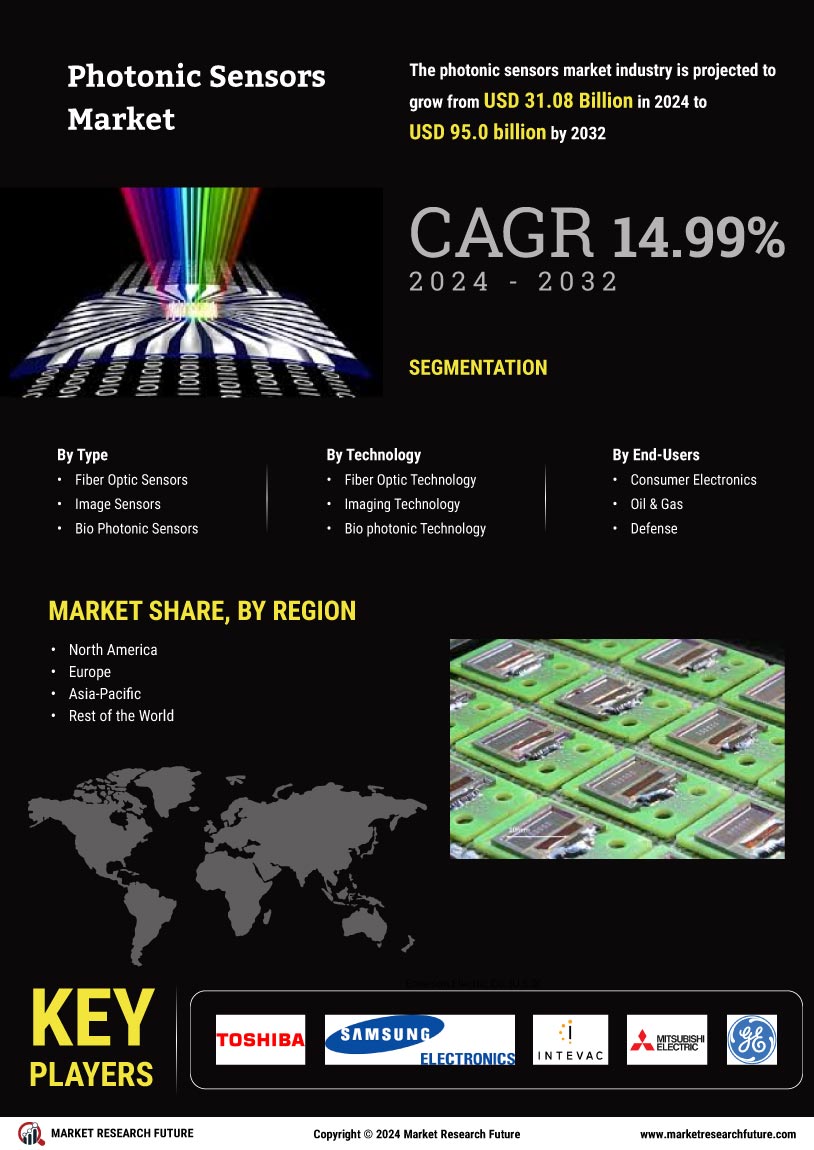
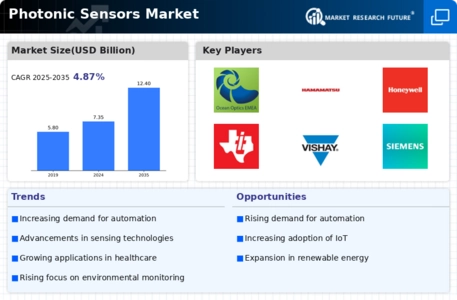
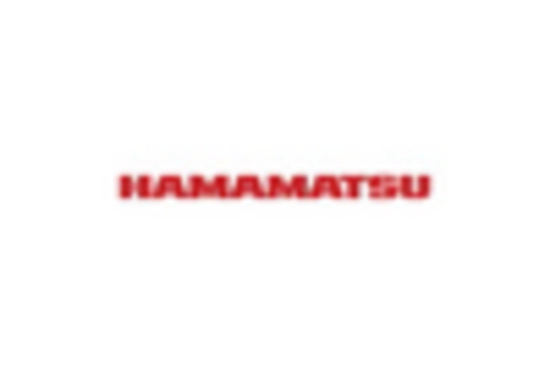
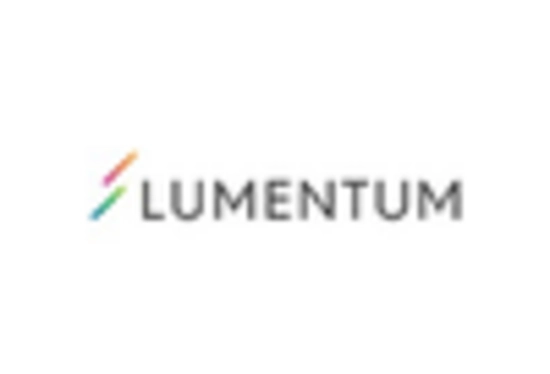
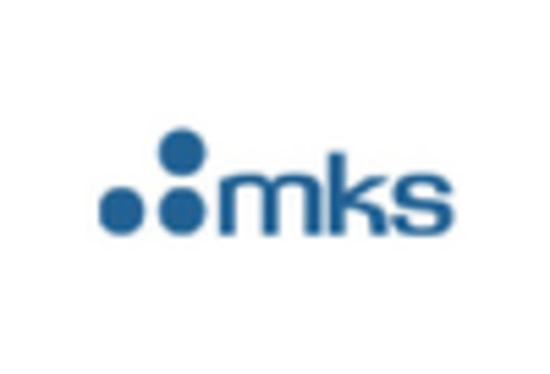
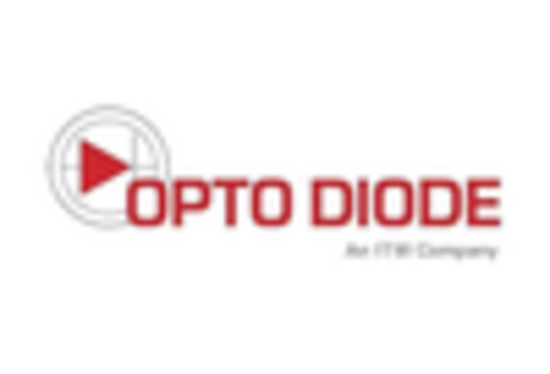

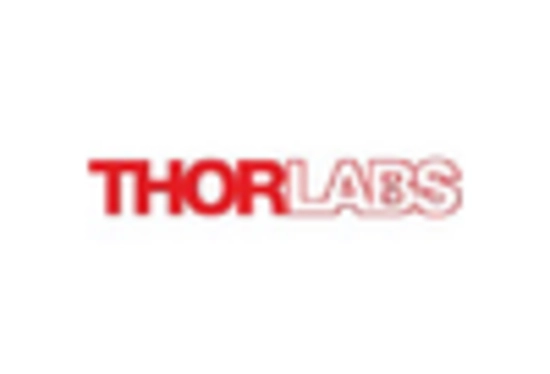








Leave a Comment